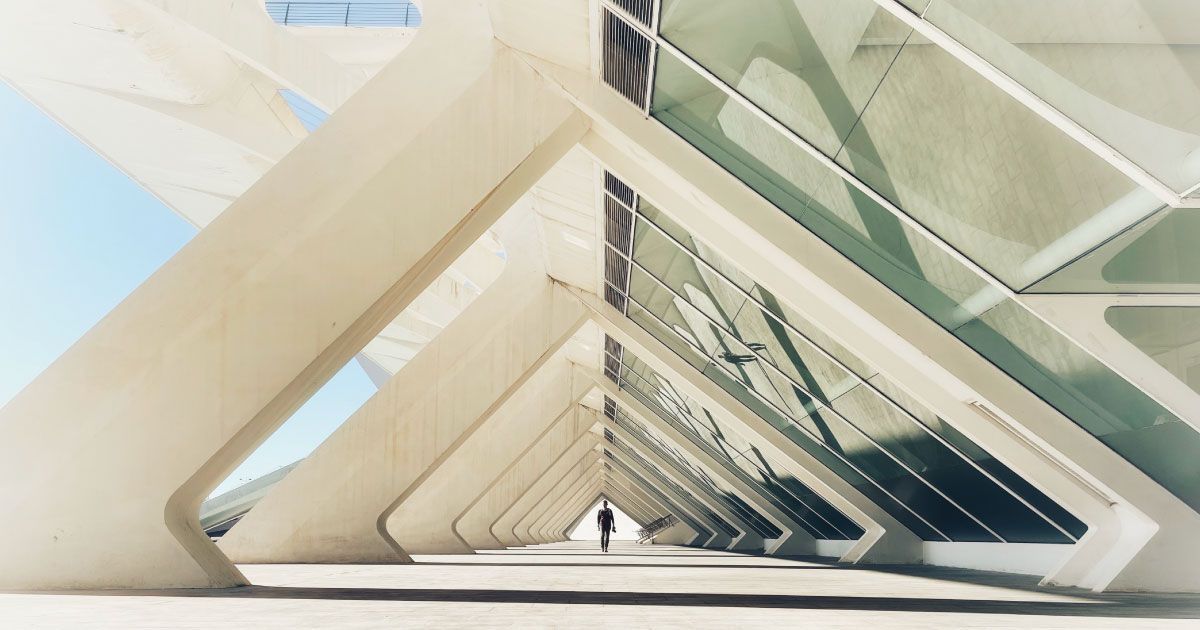Transforming Spaces: The Power of Visual Engagement in Architecture

Read time: 6 minutes
Buildings are more than just structures; they are spaces that tell stories and evoke emotions. Architects use visual elements to create designs that captivate and engage those who inhabit or visit these spaces. By focusing on visual engagement, architects can transform ordinary buildings into extraordinary experiences.
Visual engagement in architecture involves several key elements. These include color, light, texture, and form. Each of these elements plays a crucial role in how a space feels and functions. For example, the use of natural light can make a space feel open and welcoming, while different textures can add depth and interest.
Creating visually engaging spaces is not just about aesthetics but also about functionality. Well-designed spaces can improve mood, increase productivity, and even enhance well-being. By understanding how visual elements work together, architects can design spaces that are not only beautiful but also practical and satisfying to use.
The Importance of Visual Engagement in Architecture
Visual engagement in architecture is crucial for creating spaces that people love to be in. When a building is visually engaging, it naturally draws people in and makes them feel connected to the space. This connection can influence how people feel, think, and act within the environment.
Architects strive to design spaces that are not just practical but also visually appealing. A well-designed space can inspire creativity, promote relaxation, or foster community. For example, a bright and colorful school can make students feel more excited about learning. Similarly, a well-lit and inviting office can boost productivity and improve employee satisfaction.
The importance of visual engagement goes beyond aesthetics. It involves creating spaces that are functional and meet the needs of those who use them. Engaging designs consider how people move through a space, how light affects the mood, and how different textures and materials can enhance the user experience. By focusing on these elements, architects create spaces that are both beautiful and practical.
Key Visual Elements in Building Design
Several key visual elements play a vital role in building design. Understanding these elements helps architects create spaces that captivate and engage.
- Color: Color can set the mood of a space. Bright colors can energize a room, while softer hues can create a calming atmosphere. The choice of color affects how people feel and interact within the space.
- Light: Natural and artificial lighting are crucial in design. Natural light can make a space feel open and welcoming, while carefully placed artificial lights can highlight specific areas or create a particular mood.
- Texture: Different textures add depth and interest to a space. Smooth surfaces can give a modern and sleek look, while rough textures can add warmth and character. Combining various textures can create a rich and engaging environment.
- Form: The shape and structure of a building play a significant role in its visual appeal. Unique forms and shapes can make a building stand out and create a memorable impression. Whether it’s a curved wall or an unusual roofline, form contributes to the overall aesthetic of the space.
- Scale and Proportion: Proper scale and proportion ensure that the elements of a building are balanced and harmonious. This balance helps create a space that feels right and is pleasing to the eyes.
By incorporating these key visual elements, architects can design spaces that are not just functional but also visually engaging. These elements work together to create environments that people enjoy and feel connected to.
Techniques to Enhance Visual Appeal in Spaces
Creating visually appealing spaces involves various techniques that can dramatically improve the look and feel of any environment. By implementing these strategies, architects can design spaces that are both beautiful and functional.
- Use of Contrast and Balance: Contrast can make elements stand out, while balance ensures harmony. Use contrasting colors, materials, and textures to highlight key areas, but make sure everything is balanced to create a cohesive look.
- Incorporation of Natural Elements: Bringing nature indoors can enhance visual appeal. Plants, water features, and natural materials like wood and stone can make a space feel more inviting and connected to the natural world.
- Strategic Lighting: Proper lighting can transform a space. Use a mix of ambient, task, and accent lighting to create layers of light. Natural light should also be maximized through windows, skylights, and open spaces.
- Art and Decor: Art pieces and decorative items add personality to a space. Choose items that reflect the theme and mood of the area. They can serve as focal points that draw attention and spark interest.
- Interactive Elements: Make spaces engaging by incorporating interactive features. This can include touchscreens, movable furniture, or areas where people can leave their mark, like message boards or art walls.
By employing these techniques, architects can enhance the visual appeal of spaces, making them more engaging and enjoyable for everyone.
Benefits of Visually Engaging Architecture
Visually engaging architecture offers several important benefits. These benefits extend beyond aesthetics, improving functionality and the overall user experience.
- Improved Mood and Well-Being: Spaces that are visually engaging can have a positive impact on people's mood and well-being. Bright, well-lit areas can make people feel happier and more energized, while calming designs can reduce stress and promote relaxation.
- Increased Productivity: In workplaces, visually engaging designs can boost productivity. Employees are more likely to feel motivated and focused in an environment that is pleasant and stimulating. Elements like natural light, greenery, and open spaces can contribute to a more productive atmosphere.
- Enhanced Social Interaction: Engaging spaces encourage social interaction. Well-designed public spaces, like parks and plazas, invite people to gather and communicate. This can build a sense of community and improve social connections.
- Greater Property Value: Visually appealing buildings often have higher property values. Attractive designs can make properties more desirable, leading to increased demand and higher prices. This benefit is significant for both residential and commercial properties.
These benefits show how important visually engaging architecture is in various aspects of life. By creating spaces that are not only functional but also appealing, architects can positively influence people's lives.
The Takeaway
Visual engagement in architecture plays a vital role in creating spaces that are enjoyable and functional. By understanding and incorporating key visual elements like color, light, texture, and form, architects can design buildings that captivate and inspire. Techniques such as using contrast, bringing in natural elements, and employing strategic lighting further enhance the visual appeal of spaces.
The benefits of visually engaging architecture are extensive. It can improve mood and well-being, boost productivity, encourage social interaction, and increase property value. These advantages highlight the importance of thoughtful and engaging design in both public and private spaces.
Whether you are an architect, a designer, or someone interested in creating better spaces, considering visual engagement can make a significant difference. For those who wish to keep their vision in top shape, Urban Optiks Optometry in San Diego is here to help. Schedule an eye exam with us today and see the world more clearly with our luxury eyewear solutions!
Share this blog post on social or with a friend:
The information provided in this article is intended for general knowledge and educational purposes only and should not be construed as medical advice. It is strongly recommended to consult with an eye care professional for personalized recommendations and guidance regarding your individual needs and eye health concerns.
All of Urban Optiks Optometry's blog posts and articles contain information carefully curated from openly sourced materials available in the public domain. We strive to ensure the accuracy and relevance of the information provided. For a comprehensive understanding of our practices and to read our full disclosure statement, please click here.


















